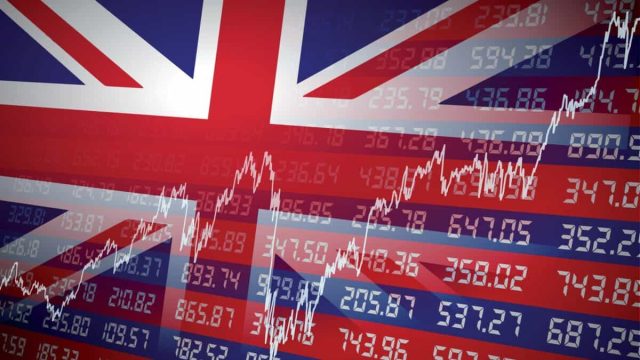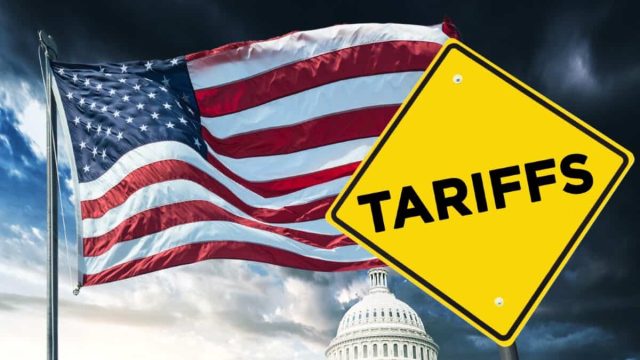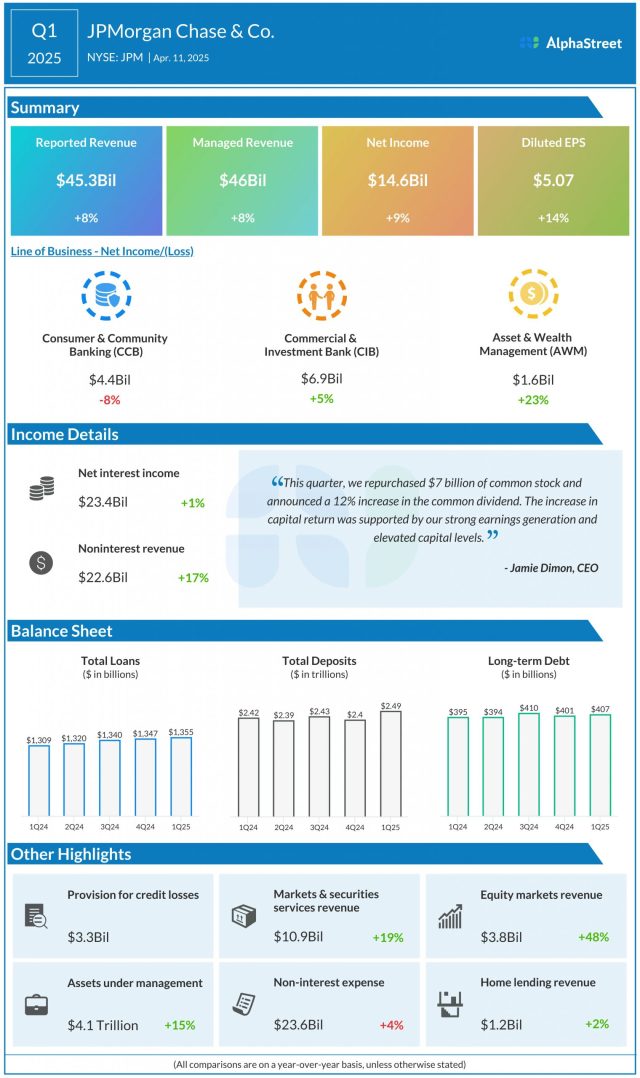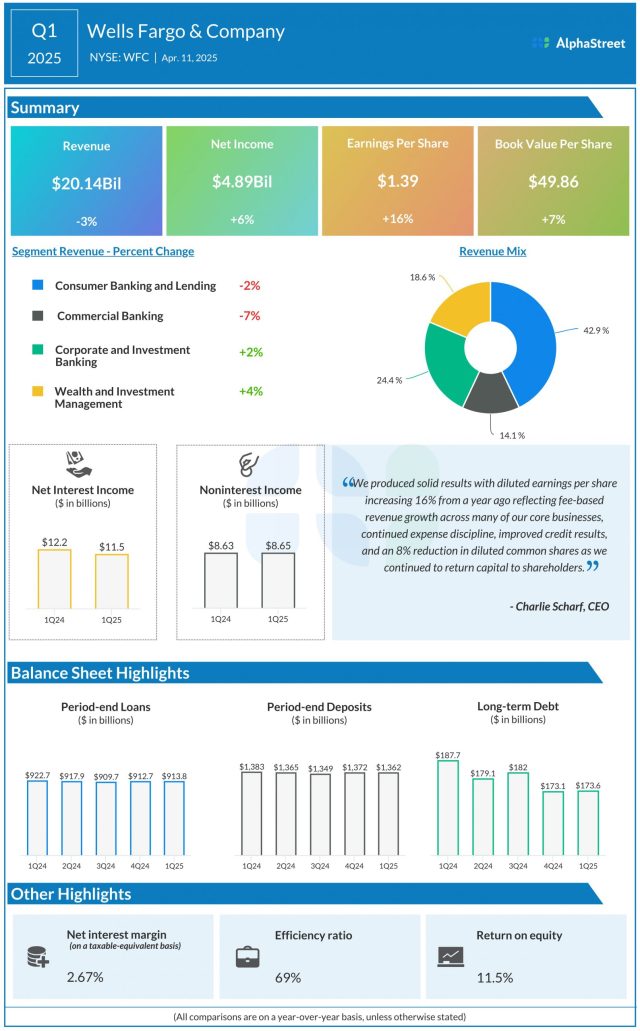After falling 17% in a month, Tesco shares yield 4.3% with a P/E of just over 11!
Image source: Getty Images
Tesco (LSE: TSCO) shares have taken quite a tumble, falling 17% in the last month alone. That’s big for a company many think of as one of the safer picks on the FTSE 100, but we all know the reason.
In this volatile new world sparked by Donald Trump’s latest round of tariffs, even reliable, cash-generating businesses like Tesco are feeling the squeeze. Over the past year, the shares are now up just 6%, and that gain is fast evaporating.
For bargain hunters, this could be the opportunity they’ve been waiting for. Tesco’s price-to-earnings ratio has dropped to just 11.3. Just a few weeks ago it was trading closer to 15 or 16 times earnings.
Is this FTSE 100 star a bargain?
Meanwhile, the dividend yield has crept back up to 4.28%. Tempting as that may sound, nothing’s without risk in these mad times.
We got an early signal from Kantar on 1 April when it reported that annual sales growth at UK supermarkets had slowed to their weakest pace in 10 months.
There were promotions aplenty as retailers fought for shoppers’ wallets. Despite that, Tesco managed to increase its market share to 27.9% with sales of £9.68bn over the period. By contrast, Asda saw its sales fall 5.6%, so the competitive pressures are real and biting hard.
Tesco’s own update on 10 April was a mixed bag. While 2024 profits rose 10.6% to £3.13bn the board warned things might not be so rosy amid rising “competitive intensity” and the added cost of employer’s National Insurance hikes, Minimum Wage increases, packaging taxes, and more.
Commentators were split. Garry White at Charles Stanley was concerned by warnings that management expects profit will fall in the current year. “Tesco’s guidance could prove to be conservative, but it will be a while before we know”, he said.
Tesco facing margin squeeze
Aarin Chiekrie at Hargreaves Lansdown highlighted Tesco’s strong position and loyal customer base, suggesting that despite a “slight pullback in its share price of late, the underlying story looks good as revenue and profits motor higher”.
Even if the price war intensifies, customers should stay loyal “helped by the Aldi price match and Clubcard prices keeping customers loyal”, Chiekrie added.
The 13 brokers offering one-year share price targets have a median estimate of just under 395p. If that plays out, it would mark a healthy gain of more than 22% from current levels.
Of the 16 analysts offering ratings, 10 say Strong Buy, three say Buy, and three Hold. Nobody’s calling it a Sell.
Broker predictions can never be relied upon, of course, and most will have been made before Trump lit the tariff fuse. The next year or two could be volatile for just about every stock, and Tesco won’t be exempt. If a recession takes hold, shoppers will feel the pinch and so will Tesco.
Still, with a lower valuation, decent dividend and market leadership, Tesco shares are worth considering today. As ever, investors should aim to hold for a minimal of five years, while hoping the outlook is a little brighter by then.

























